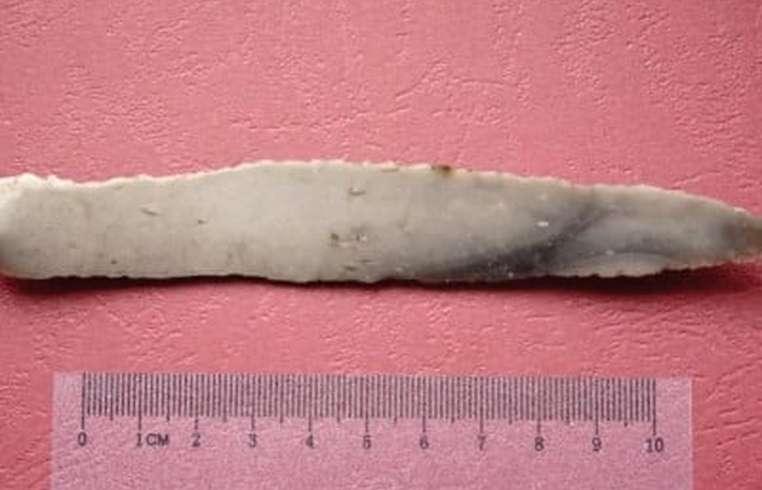
News - Poland man accidentally finds 5,600-year-old dagger while walking
Business Strategy
Poland man accidentally finds 5,600-year-old dagger while walking

Polish man Karol Czerwinski was walking along a hill near a river in Drazgow, Poland, when he accidentally picked up a sharp stone from the ground, which turned out to be an ancient artifact. He informed about it to the Lublin Provincial Conservator of Monuments. Archaeologists have determined that the carved stone is a dagger that was carved at least 5,600 years ago. According to experts, the flint dagger was linked to a Neolithic community known as the Lublin-Volhynia culture officials said. This community thrived in modern-day southeastern Poland between 4100 B.C. and 3650 B.C. Based on its quality, archaeologists believe the dagger belonged to a high-status person. In the Lublin-Volhynia culture, bladed daggers also served a symbolic purpose, archaeologists said. These daggers would be placed in graves, with their arrangement and quality signifying the status of the deceased.






